|
The Japanese are an amazing culture where they have coined the term Chindogu which means an odd or distorted tool or the literal translation is un-useless. So conceptually speaking, the Japanese were trying to devise a word meaning extremely useless, however the prefix of un means not, so essentially un-useless is an oxymoron meaning not useless or otherwise useful. This could be interpreted as brilliant irony or a loss in translation? The motivation was to design objects that are more convenient yet paradoxical, so ridiculously pointless and the opposite of anything purposeful or useful. However they'er something we long for, bringing the gap between what we are what we could be, nevertheless they fail. So for something that is so impracticable and impossibly useless, the Japanese still valued it and designated a word to describe it. This reminds me of the Germans and their use of the word lebenskunst meaning life-art or carefree enjoyment of live as a work of art, and then Gesamtkunstwerk meaning a total work of art, syntheses of arts. As for the french Jacques Carelman he reinvented and reimagined the everyday. saying “Personally, I prefer to strip common objects of their normal use. It’s less dangerous, more honest and infinitely more fun! My objects, as opposed to objects worshipped by our consumer society, are perfectly useless. “
They've even developed a ten commandments a Chindogu, ranging from the object cannot exist in real life to its sole purpose being humor. From an artistic standpoint Chindogus are similar to the Dada Movement's Readymades, where Duchamp mounted a bicycle wheel to a stool, thus creating something that served no purpose as it was neither a functioning stool or a bike. So technically speaking, the Japanese Chindogus are in fact art and a reflection of our materialistic culture. The photos above display a tongue, a microphone shaped sponge, picture frames for corners, a skateboard with wheels in opposite direction,a glasses headband to use while laying down, glasses with funnels for eyedrops, a cigarette with no end, a cane with wheels, an arm holder, clothing protector for the bathtub, fake hand for chopping veggies, a toothbrush for your finger, fly swatter slippers with extended handle, solar flashlight, shared napkin/table cloth, and a faux ab maker. Obviously these objects are not the world's greatest inventions, but they are nonetheless brilliant. Which brings me back to the entire premise of this blog, just because you think it doesn't mean it has to exist. I'm not saying don't make it, because if these objects ceased to exist, I would loose a lot of writing material and a lot of joy from my life. I'm just questioning our consumer tendancies and crziness. I want to make and buy all of these things like a connected shoes, two fans blowing at on another, stickers or fake tattoos that make it look like you're awake, a clock that grows thyme. So whatever you do don't listen to me, keep making and buying crap, never say never.
0 Comments
Leave a Reply. |
LAJ
100 Objects of Popular and Material Culture is an blog exploring the manifestations of human consumption and commodity-ization. The purpose of this experiment is to explore material and popular culture in contemporary society by using objects and concepts to prompt wider questions and reflections. So by emulating The British Museum's and Neil MacGregor's format of A History of the World in 100 Objects I plan to satirically analyze and reinterpreted 100 material culture objects over the course of 2014. Material Culture is the study of our culture's consumption of stuff; namely the manifestation of culture through material productions where people's perceptions of objects is socially and culturally dependent. With this, objects reflect conscious and unconscious beliefs on the the individuals who fabricated, purchased, or used them, and by extension the society where they live. So examining materiality, cultural truths and societal assumptions may be discovered. As anthropologist Arjun Appaduai states "in any society the individual is often caught between the cultural structure of commodity-ization and his own personal attempts to bring a value and order to the universe of things." Objects and commodities make up a much larger symbolic system consisting of want and need, socio-economic status, fashion, etc. Often times form follows function whether the commodity, market, and or consumer forever evolve around one-another. Philosopher Pierre Bourdieu's theories of capital flow full circle; where regardless if you are a minimalist or a hoarder the world is made up of things and everyone will leave their footprint on the earth. So by humorously analyzing marketed objects and concepts, hopefully this blog will provide further incite into ideas of over-consumption, a disposable society, consumerism vs. anti-consumers, planned obsolescence vs. sustainability, as well as the greater good of mankind and future generations. Archives
March 2015
Categories |
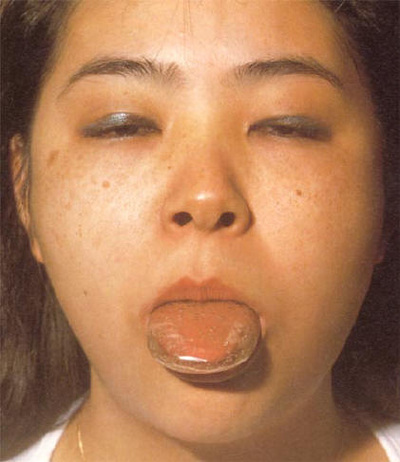
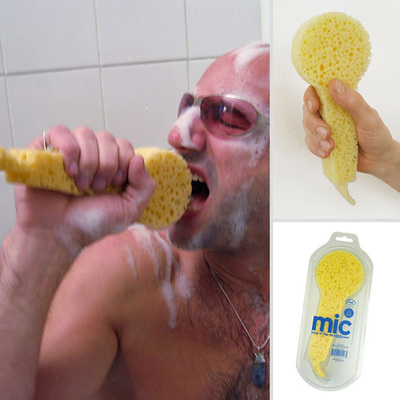
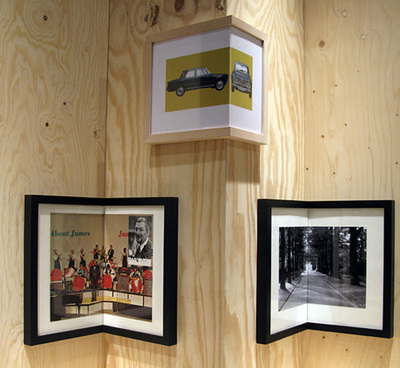
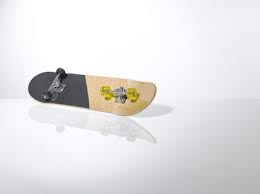
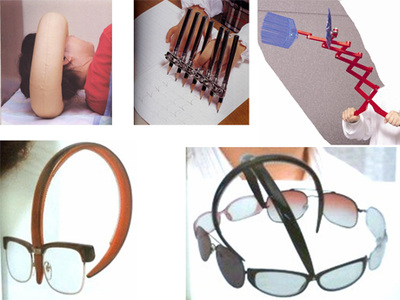

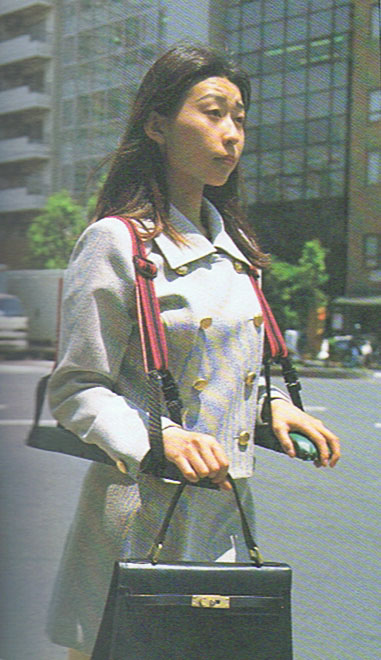
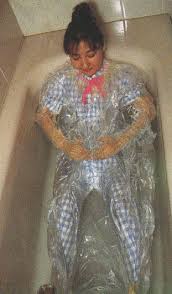
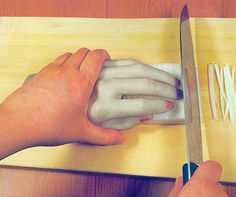

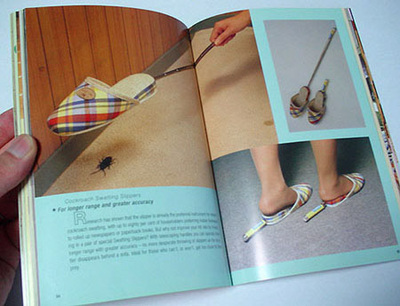

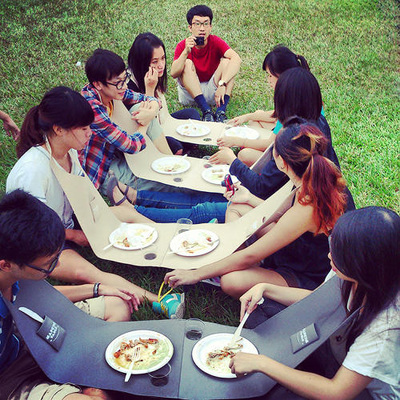

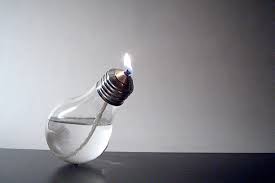
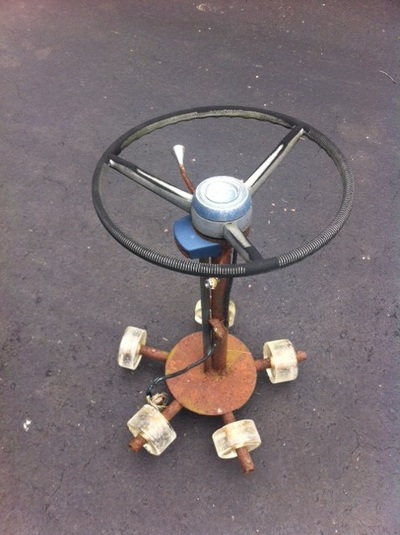
 RSS Feed
RSS Feed